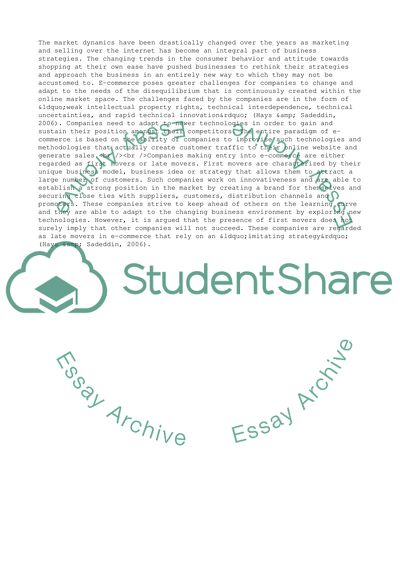Cite this document
(Validating Late Mover Advantages in e-commerce: Evidence from Selected Research Proposal, n.d.)
Validating Late Mover Advantages in e-commerce: Evidence from Selected Research Proposal. https://studentshare.org/business/1733605-research-proposal
Validating Late Mover Advantages in e-commerce: Evidence from Selected Research Proposal. https://studentshare.org/business/1733605-research-proposal
(Validating Late Mover Advantages in E-Commerce: Evidence from Selected Research Proposal)
Validating Late Mover Advantages in E-Commerce: Evidence from Selected Research Proposal. https://studentshare.org/business/1733605-research-proposal.
Validating Late Mover Advantages in E-Commerce: Evidence from Selected Research Proposal. https://studentshare.org/business/1733605-research-proposal.
“Validating Late Mover Advantages in E-Commerce: Evidence from Selected Research Proposal”. https://studentshare.org/business/1733605-research-proposal.


